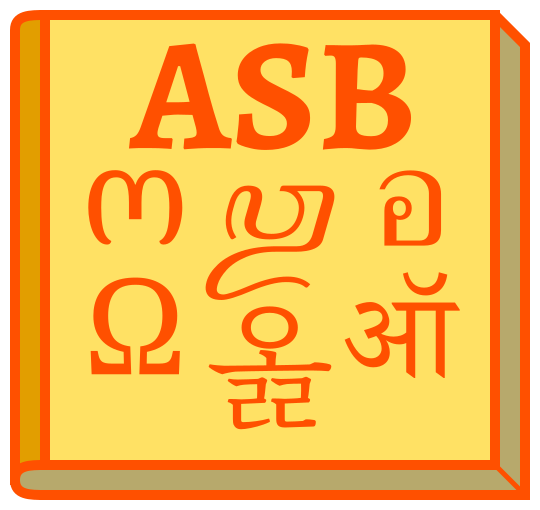Southeast Asia is home to many different writing systems, all of which are pretty much descended from the Pallava script originating from southern Asia. After having a go at adopting Thai and Burmese to write English phonetically a while back, I shall now turn my attention to another elegant Southeast Asian script: Khmer.
Khmer script allows consonants to be placed under or around each other, a useful property for writing a language like English with potentially complex syllables like /stɹɛŋθs/, which can be easily rendered as ស្ត្រេង្ឋ្ស in this Khmer script adaptation. (It looks complicated at first, so I’ll get around to explaining it soon)
Continue reading “Khmer script for English (ខ្មែរ ស្ក្រិប្ត ផួរ ឥងគ្លិឆ)”


